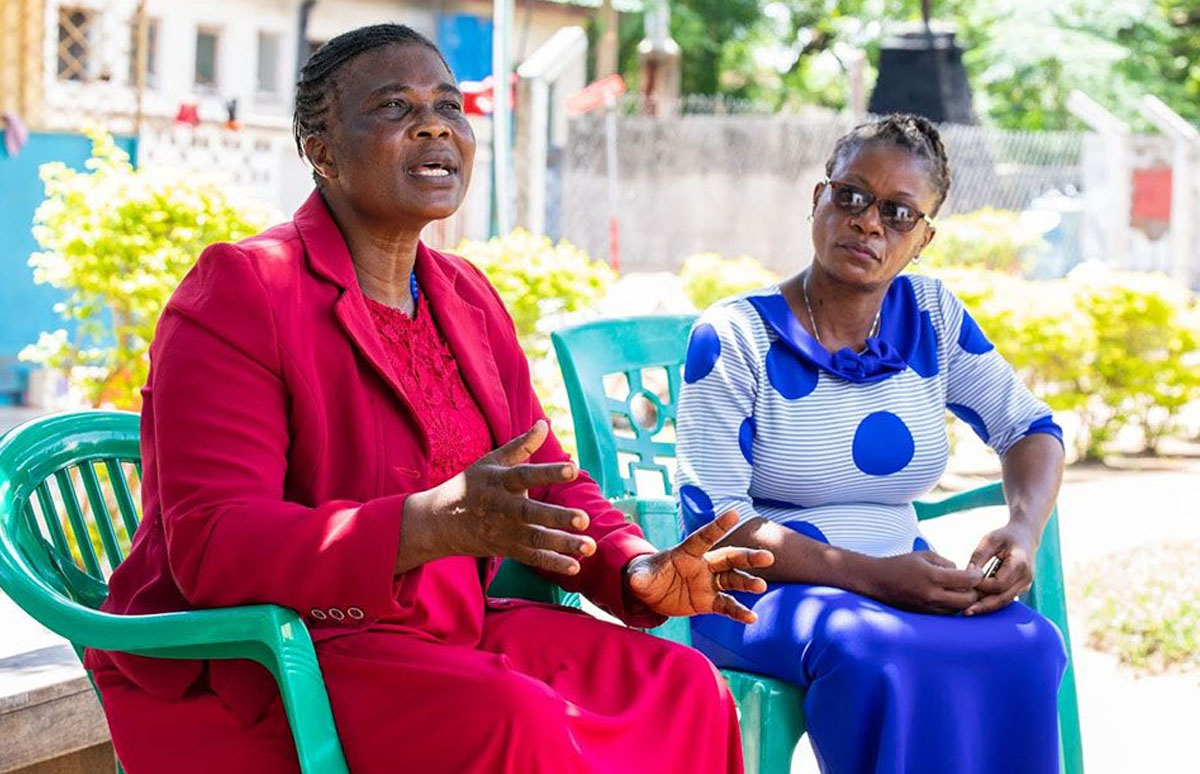Africa is disproportionately affected by infections such as HIV and disease outbreaks such as Malaria, Ebola and Cholera. Africa alone has almost 26 million people living with HIV and accounts for 70% of AIDS-related deaths in the world. To address adequately the health and wellbeing of the people of Africa, the African Union has embraced the challenge of having the capacity to rapidly detect and control disease outbreaks and respond to epidemics.
Data collection, access and sharing remains a critical way in which health systems have the capacity to detect and respond to epidemics.
“We cannot know our epidemic or response without good data at the national and sub-national levels,” says John Nkengasong, Director of the Africa Centre for Disease Control (Africa CDC).
Government agencies need surveillance data that is timely, accurate, and representative, both in its own jurisdiction and from neighbouring jurisdictions in order to make informed decisions regarding health systems. Comprehensive data availability and utilization thereof is not only important for a sustainable health system, but also in times of emergencies, such as disease outbreaks.
On 19 to 21 February 2019, representatives from the Africa CDC, African Union Member States, UNAIDS and other partners met in Addis Ababa, Ethiopia, to discuss data surveillance—how data can be shared, accessed and utilized in countries’ health systems and for health emergencies.
“We are here today in support of data and digitization in order to realize the Sustainable Development Goals and to take the agenda forward on a continental level,” said Taavi Erkkola, UNAIDS Senior Adviser for Strategic Information Department, at the start of the meeting.
In the context of data deficiency on the continent of Africa, discussion during the meeting focused on how African states can increase their ability to produce, share and utilise data in order to improve their health systems.
“Let us borrow from innovations like the Situation Room and apply what we have learned across the board for all diseases as we aim to adequately use and share quality and holistic data across the African continent,” said Mr Nkengasong.
The Situation Room, developed by UNAIDS as a tool to improve data surveillance, is a data visualisation platform that permits users to directly access national health information. A regional Africa CDC Situation Room would enable the pulling of data across Member States to produce flexible, readily comprehensible dashbord reports that can be used by health officials at all levels—from policy makers to technical officers—for surveillance and disease intelligence.
“Africa CDC is working to close the gap between what is detected and what is done for infectious diseases. The first step is building total health information awareness. This meeting with Member States promotes use of the Situation Room platform,” said Jay Varma, a Senior Adviser to the Africa CDC.
During the market place segment of the meeting, four countries from Eastern and Southern Africa where Situation Rooms are currently active, showcased evidence that Situation Rooms are highly beneficial. For example, the Intergrated Health Situation Room in Zambia has helped show where maternal mortality rates are most high—breaking down the number from a national rate into a district level so that the issue can be better addressed. As a result, many other African states have since shown interest in the use of the Situation Room.




